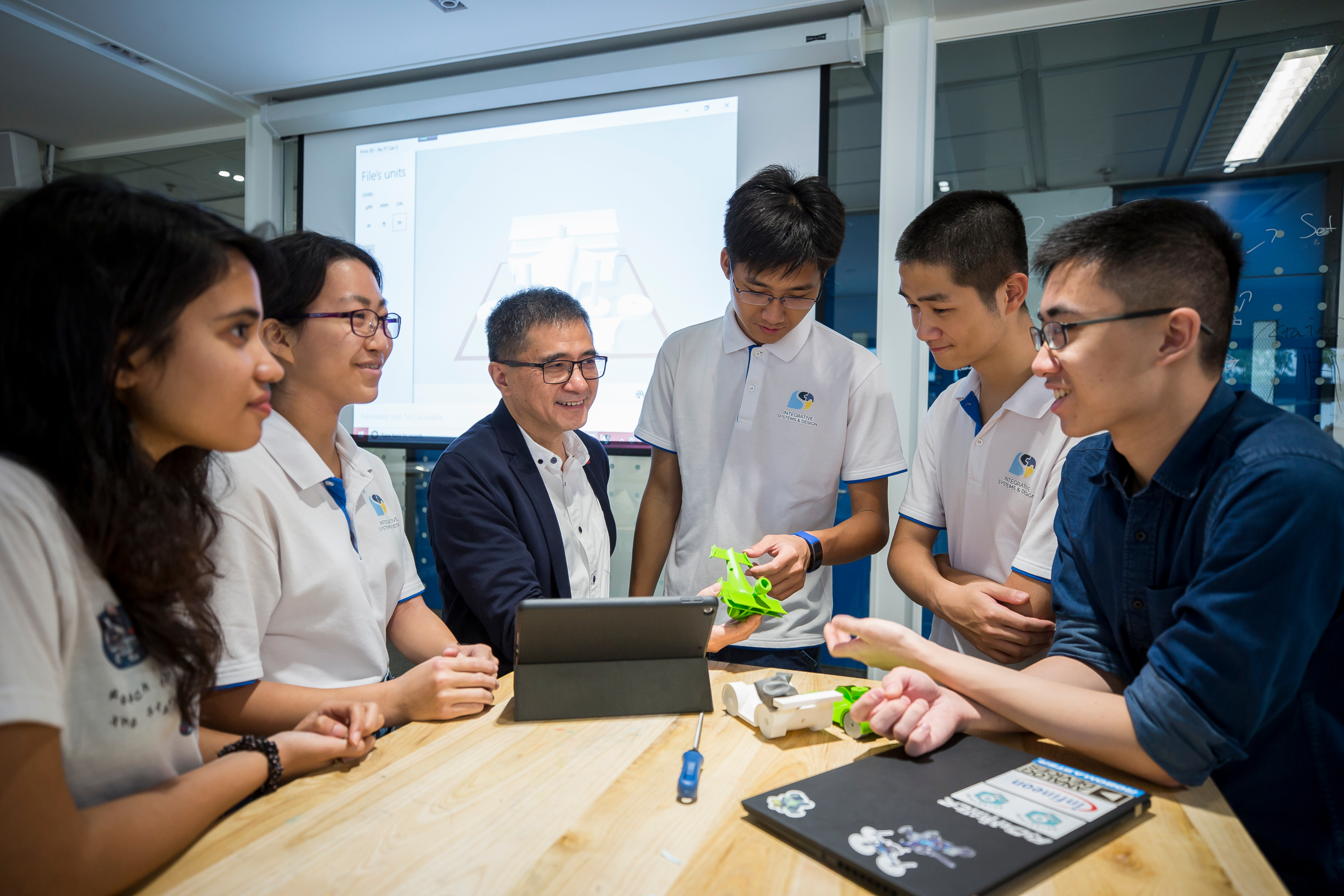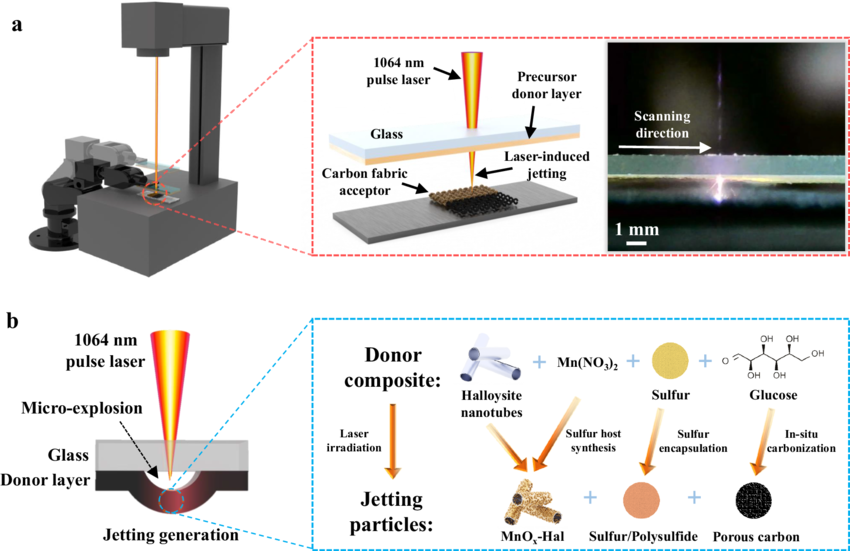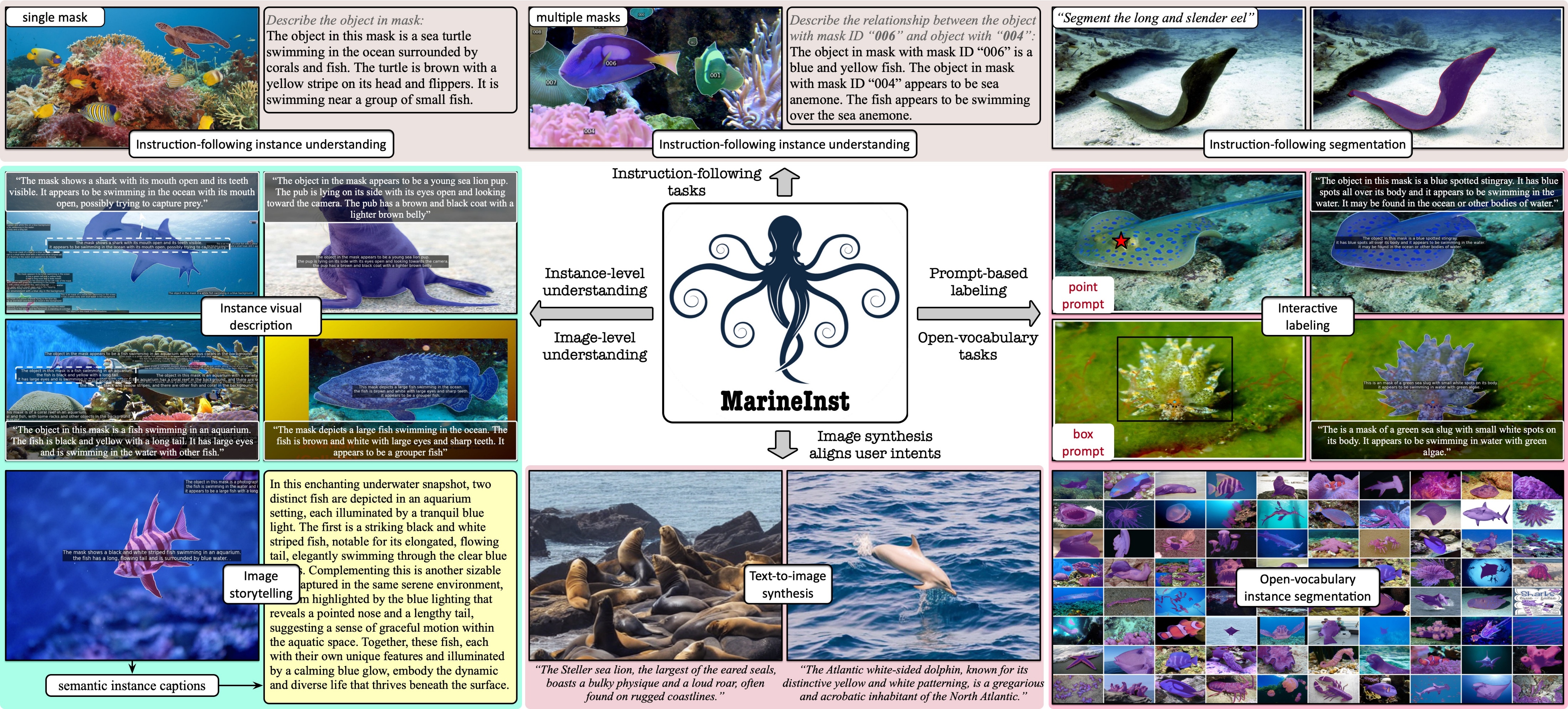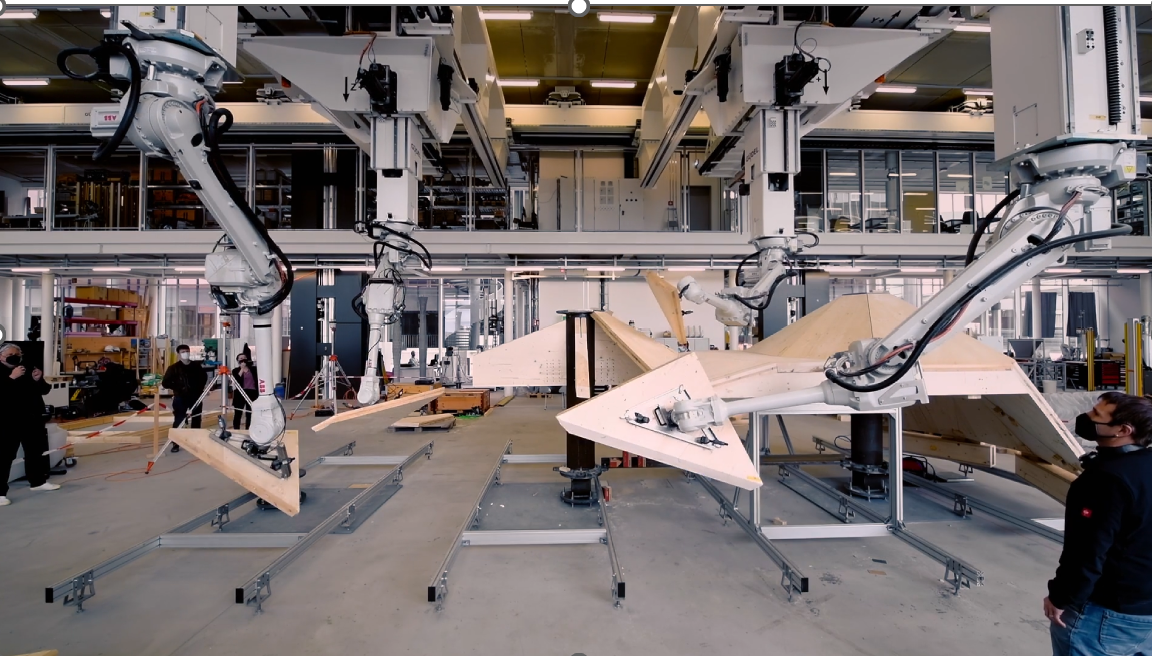
Research Area
Sustainable-Tech

Energy Storage
Advanced manufacturing of solid-state lithium batteries as energy storage device for next-generation EV and portable electronic devices
Zero Carbon Architecture and future cities
Smart building envelop design with advanced integrated renewable energy systems such as colour and semi-transparent photovoltaics. Low-carbon and resilient urban infrastructure for future cities.
Urban Region 3D Reconstruction
Using 3D reconstruction technique to create digital twins of buildings for planning, analysis and facility inspectation.
Robot-aware modular integrated building (MIC) design and construction
Design and construction of modular integrated buildings (MIC) tailored for temporary structures, optimized specifically for robotic assembly and construction.
Elastic Large Model Agent Serving at the Edge
An elastic framework designed to optimize large model (LM) agent serving at the edge. By reducing latency and resource consumption while maintaining high accuracy and adaptability across varying edge conditions, it becomes essential for the development and deployment of LM-based edge intelligence.
Marine-Tech

Maritime Communication
Information theory, Integrated Sensing and Communication, Distributed Intelligence, Semantic Communications, and Machine Learning for Communications
Non-disturbing marine environment surveying
Bioinspired robots for surveying marine environments for marine conservation purposes, such as the use of a soft robotic fish for non-disturbing seafloor surveying
Underwater manipulation
Bioinspired actuators for underwater manipulation, such as suction cups with tactile perception inspired by the octopus, grippers inspired by the seahorse tail, and a soft robot arm inspired by the octopus arm. Passive grippers for AUVs.
Health-Tech

Wearable biomarker sensing
Laser manufacturing of sweat biomarker sensing devices towards evidence-based physiological monitoring.
Elderly-friendly smart home system design
AI-empowered home system design with care of elderlys, integrating smart lighting, colour, wearable facilities, interactive devices.
Ubiquitous Computing
Our research focuses on developing deployable healthcare systems and generalizable AI algorithms for collecting and analyzing human physical and physiological data. We aim to close the sensing-reasoning-intervention loop to address real-world challenges in areas such as autism support and elderly care.
Minimally invasive surgery
Design novel surgical tools that can enter the body through a small opening and perform complex, accurate surgical procedures.
Design-Tech

3D asset generation
Automatically creating 3D assets, including 3D meshes, motion, avatars and 3D scenes, for video games or films using generative models.
3D-aware video generation
Generating videos using underlying 3D representations to improve consistency and controllability.
Fashion design
Robot-aware 3D assembly design And fabrication
Generating 3D assemblies that fulfill customized user requirements and are suitable for robotic fabrication.
Wearable robotics
Soft, wearable systems that are comfortable to wear and have integrated robotic assistance for an immersive experience and therapeutic potential.
Creativity Support
AR/VR performances, Generative AI for interactive experiences.
Emergent-Tech


3D LLM Agents
Making LLMs understand 3D data and improve spatial reasoning ability for 3D analysis or 3D creation
Simulators for autonomous cars
Creating a simulator using both reconstructed and generated 3D assets to simulate corner driving cases for autonomous driving training
Embedding AI seamlessly into everyday life
Our work transforms everyday objects—like your smartphone or even your pillow—into intelligent partners in well-being.
Socio-Technical AI
Our research moves beyond treating AI as a purely technical tool, focusing instead on its thoughtful integration into human contexts. We operate on the principle that to truly bridge the human-AI gap, intelligence must be simulated not just in language, but in emotion, empathy, and nuanced understanding—simulating the heart and soul of human experience.
Revolutionize Education Paradigm
We aim to transform education from a teacher-centric model to a collaborative, student-informed experience.
Robotic metamaterials
Design new materials with active and robotic components to create unprecedented material properties and emergent behaviors.
Distributed LLM Decoding in Edge
Develop highly effective collaborative schemes to enhance distributed inference for large language models (LLMs) across heterogeneous, resource-constrained edge devices.